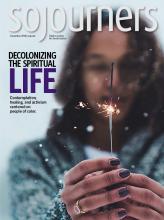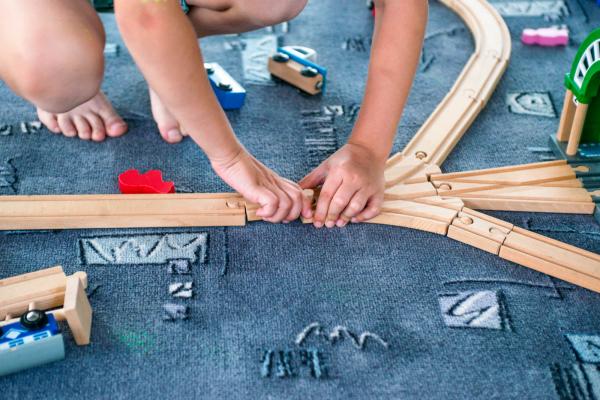DOING DIVERSITY work in the Obama era felt like being not only part of the zeitgeist but the telos. History was bending toward an interfaith, multicultural future, and we were part of it. There was a long way to go toward the finish line, but the road was downhill and paved and our leader knew the way. There might be some disagreements in emphasis and in tactics, but generally speaking we believed we were heading to the same place.
Boy, how things have changed, both in the White House and in how we see the bend of history. The changes in the political sphere have had important reverberations in the diversity movement. It feels like there are two schools of diversity work these days.
On the one hand there is the Protect and Resist School. This type of diversity work emphasizes creating safe spaces for marginalized people (women, people of color, immigrants, LGBTQ folks, Muslims) and resisting the power structure in any way possible, from furious tweetstorms to Black Lives Matter protests to shouting down conservative speakers on campuses.
“We tried the Martin Luther King Jr. way with Barack Obama,” this school seems to say, “and you racists rejected him as a radical when really he was as moderate as any human being God ever created. You have the weapons of power; we have the weapons of resistance. To paraphrase James Baldwin and the Bible—no more water, the fire this time.”
Read the Full Article

